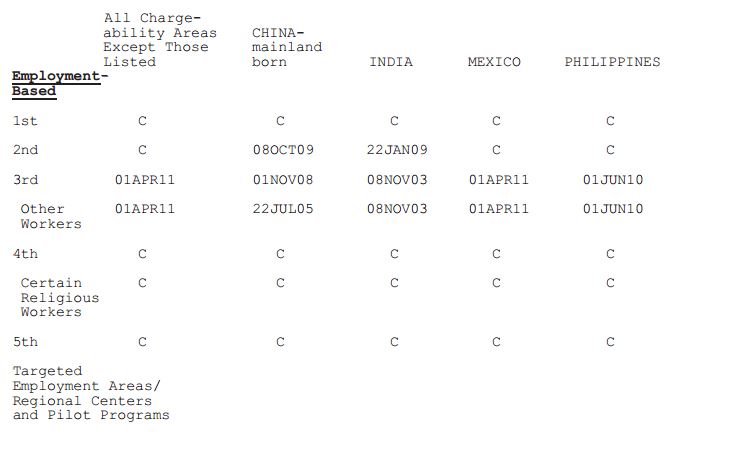The 27th AILA (American Immigration Lawyer Association) California Chapter Conference was held between the 13th and 15th of November 2014 at San Jose, California. Attorney Yingei Zhou, Esq. was in attendance on behalf of our law firm. The conference concentrated on several trending topics such as status of comprehensive immigration reform, consular processing and updates with border posts in Mexico and Canada, driver’s licenses for undocumented workers, unaccompanied alien children (UAC), H-1B/L-1A/O-1/EB-1 adjudications, federal litigation, and advanced family immigration issues, as well as staple subjects like evidentiary issues in removal proceedings and PERM applications.
This article provides you several important updates from the conference addressed at the conference, especially the government open forums with AILA practitioners, USCIS representatives, CBP officers, and San Francisco Asylum officers.
In the following weeks, we will post more articles to address the trends on each specific visa applications and immigration proceedings discussed in the conference.
 Visa Lawyer Blog
Visa Lawyer Blog




